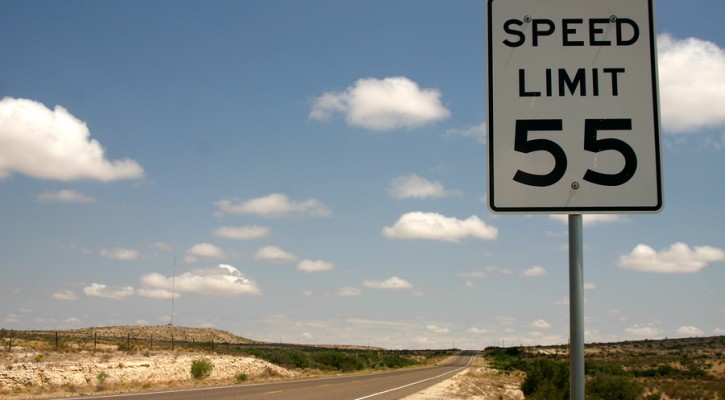
Highway Funding Faces Rough Road Ahead
July 16, 2014
It’s summertime. It’s the season of the road trip. It’s also the season of road repair. In the hot-weather months before fall brings on the next frost, many states scramble to repair and rebuild damaged roadways. This work is paid for by the Highway Trust Fund.
However, you’d be forgiven if you didn’t notice this work going on lately. Highway funding has become a hotly debated issue in House and Senate, resulting in a wary Department of Transportation. In fact, the DOT sent letters to the states earlier this month saying that beginning August 1st, it would start restricting money for highway funding projects… including those already in the works.
There is some hope for the future of our highways, though. A small, very short-term compromise was reached in Congress. On Tuesday, the House passed an $11 billion highway funding plan that would patch the Highway Trust Fund for six months. Its large bipartisan support is likely to carry over into the Senate, meaning a few pot holes will get fixed this year.
Long term solutions seem to elude the legislature. There is a systemic shortfall in federal transportation funding, which means an uneasy future for motorists, truckers, construction workers and our economy.
Until the Congress can agree on the future of funding our nation’s highways, it would be wise to stock up on tire patches.
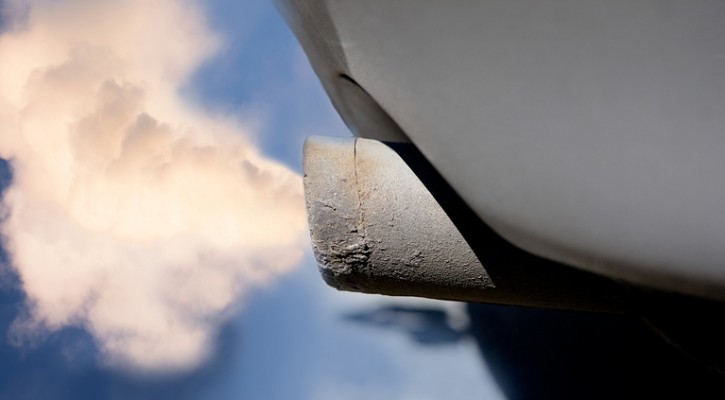
Auto Advice from Arthur & the Car Talk Guys
July 15, 2014
And the Most Adorable Auto Advice award goes to…

Survivors of Tracy Morgan Crash Sue Walmart
July 14, 2014
The June 7 New Jersey Turnpike truck crash that left comedian James McNair dead and actor Tracy Morgan in critical condition has caused quite a debate in the trucking industry. Very few facts have been revealed in the case, leaving much room for speculation.
However, new details have been discovered after a suit was filed by four victims (including Tracy Morgan) of the now-infamous crash. These new details make one thing clear: The driver, Kevin Roper, had not slept in a very long time.
Although the National Transportation Safety Board in its preliminary crash report said Roper was within his hours-of-service limits, both in on-duty time and in driving time, they failed to factor in the driver’s off-duty commute time. The lawsuit notes that Roper had to drive 700 miles to the Walmart terminal where he worked before his on-duty time began.
See the full story here:
Suit Against Walmart in Tracy Morgan Crash Claims Carrier Violated Hours Rules
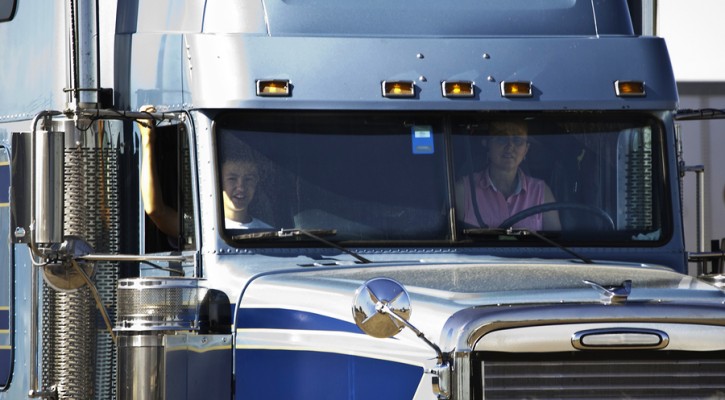
Rookie Drivers: Challenges of the First Year
July 13, 2014
If you’re thinking about becoming a truck driver, then it’s good to know exactly what you’re in for. Trucking is not the easiest career, especially for rookie drivers with a lot to learn.
Making Mistakes
Remember: everyone was a rookie at some point in time. Your fellow drivers, your instructors, your trainers, and even your employers were new once. Everyone makes mistakes. The first year is sure to be full of rookie mishaps. However, the way you handle these common errors will determine whether or not you’re cut out for the job. When things go wrong, be sure to stay calm and maintain a clear mind.
Getting Lost
Even with the latest technology, drivers can still get lost when traveling in unfamiliar areas. Whether you’re in the big city or the Big Rock Candy Mountains, there is always a way out. Don’t panic. That’s the key.
Traveling Through Unfamiliar Territory
If you’re trucking over-the-road, then you’ll be experiencing new and exciting places with all kinds of driving challenges. You will experience new weather, new infrastructure, new road conditions and new terrain. You will learn how to drive through desert sand storms, tropical coastal storms, icy northern passes and snowy mountain roads. You will find that some states handle extreme weather better than others. You may be able to drive through a major blizzard covering half the country, but then hit the Texas border and find that all the roads have been closed due to a single night of freezing weather.
Dealing With the Law
This will be a daily challenge. However, you can make it easy to deal with laws and regulations by keeping a positive attitude and accurate logbook. There will be many police officers, weigh stations and regulations to deal with along the way. If each challenge is faced with an upbeat outlook, then you won’t have any problems.
First-year drivers may have a lot to learn, but remember, everyone makes mistakes and everyone improves over time. It’s all part of the job.
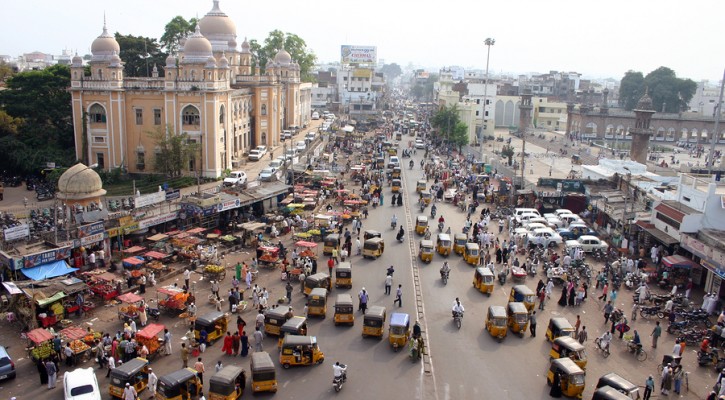
World’s Safest and Most Dangerous Places to Drive
July 11, 2014
This is a must-read for anyone with big dreams of cross-country road trips and overseas adventure touring. The list of international roads includes the most dangerous places to drive all over the world, as well as the safest. It’s a great read with highlights from Pennsylvania to India, Canada to Panama, and everywhere that’s anywhere in the world of dangerous drives and world-renowned safety.
5 Unusually Dangerous – and Especially Safe – Places to Drive

Future of Trucking: Robo-Truck 2025
July 11, 2014
The future of trucking looks nice… or horrible, depending on your view.
In this video, a truck driver casually reviews paperwork as the 18-wheeled computer takes over road duties. He worries very little about the driving aspect of his job. In fact, he looks pretty bored. He could probably just take a nap and let the tractor-trailer keep on truckin’ all the way to the next stop.
The video comes from Mercedes’ parent company, Daimler. The company’s goal for “Future Truck 2025” is to relieve drivers of stress and fatigue while removing human error. But, what about computer error?
The implications of this idea are far-reaching. Can we trust 18-wheeled computers on public highways? Will they affect employment? Will they create inattentive drivers? What do you think about the future of trucking in 2025?
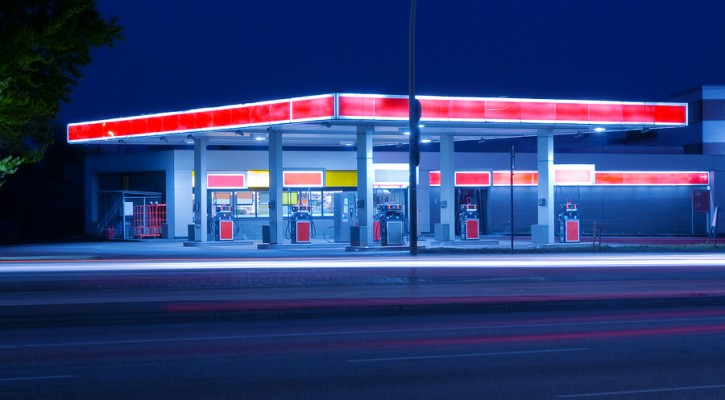
Are Gas Stations Cheating Us at the Pump?
July 10, 2014
Whether you’re driving a car, motorcycle or 18-wheelin’ tractor-trailer, gas prices are always a concern. Drivers seek out the cheapest prices in town, sometimes waiting in line at a gas station that charges pennies less than other pumps around.
However, many gas stations fail to maintain accurate pumps, while others go so far as to actually cheat their customers. So how are we supposed to know if we can trust our local gas stations?
Before you lose faith in humanity and distrust every pump you use, let’s look at the facts.
Inspectors say that they try to go to every station once a year for routine inspections. If they receive a complaint about a particular gas station, they send inspectors to that location ASAP, sometimes within 24 hours.
Most of the time, pumps are right on the money. They pour the exact amount of gas shown on the meter, and charge the exact price listed on the sign. However, a significant number of stations fail the inspection. Some dispense less than what’s being shown on the meter, while others actually dispense more.
So, poor calibration can result in consumers being short-changed, but it can also result in consumers receiving more fuel than they paid for. For this reason, most gas station owners actually want inspectors out there testing for accuracy.
It is very rare for gas stations to cheat consumers on purpose.
One way inspectors can tell whether customers are being cheated on purpose is by paying close attention to seals underneath the pump. Licensed repairmen will seal the pump with one of their tags during calibration. If that seal has been tampered with, then there’s reason to suspect malicious intent.
Everyday drivers can monitor their local gas stations as well. Take note of how many gallons your tank holds. Then, when you go to fuel up, keep an eye on how many gallons are pumped. If you pump 20 gallons of gas into a 17-gallon tank, then you have reason to be suspicious. If your tank is half empty and you are charged for 15 gallons, then you have reason to be suspicious. However, gas gauges usually aren’t precise, so don’t get too suspicious if calculations are off by a couple of gallons.
Another way to keep an eye on gas pump accuracy is to check the final price. Make sure that the amount charged corresponds to how many gallons were pumped. This is a simple calculation: total price divided by number of gallons.
Drivers can also keep an eye out for outdated inspection stickers. Every pump should have a sticker that shows when it was last inspected. If your local gas station hasn’t seen an inspector in more than one year, then a simple phone call to the number listed on the sticker will get an inspector out there in no time.
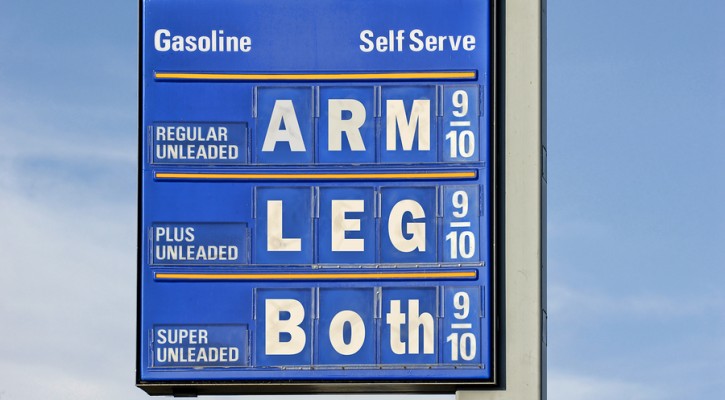
Higher Gas Prices Create Safer Roads
July 8, 2014
As gas creeps up to $4 per gallon, we’re all feeling the pain in our wallets. However, there’s one positive aspect to this painful trend: safer roads.
That’s right. As the gas prices go up, car accidents go down. Why? Well, there are several reasons why gas prices and safer roads go hand-in-hand.
Less Driving
The more gas costs, the less people drive. Instead, they walk, bike and use public transportation. They stay home for dinner instead of driving in circles looking for a place to eat. They take fewer road trips and scenic cruises. They save their precious gas for the most basic and essential tasks, such as commuting to work or school.
This simple money-saving solution clears the way for safer roads. When more people limit their driving, there is less traffic. When there is less traffic, there are fewer collisions.
Teens Drive A Lot Less
Teens often have too much time and too little money on their hands. When gas prices are low, cruising around with friends can be a fun pass time.
However, teen drivers are risky drivers. They are more likely to be involved in an auto accident than experienced drivers. So when gas prices soar too high for the average teenage income (which is usually pretty low), younger drivers tend to drive less. Since there are fewer high risk drivers on the road, there are fewer accidents.
Hyper-miling and Driver Safety
Hyper-miling is a driving tactic that increases fuel efficiency. Hyper-milers drive slower, accelerate and decelerate more gradually, keep a safer following distance, and avoid areas with lots of intersections and traffic. All these gas-saving tactics are also great safe-driving habits.
It’s nice that higher gas prices are creating safer roads. Hopefully this trend will also create safer driving habits for the long run, because nobody wants to pour all their money into their gas tank.
In the mean time, feel free to complain about fuel costs while enjoying the collision-free commute.
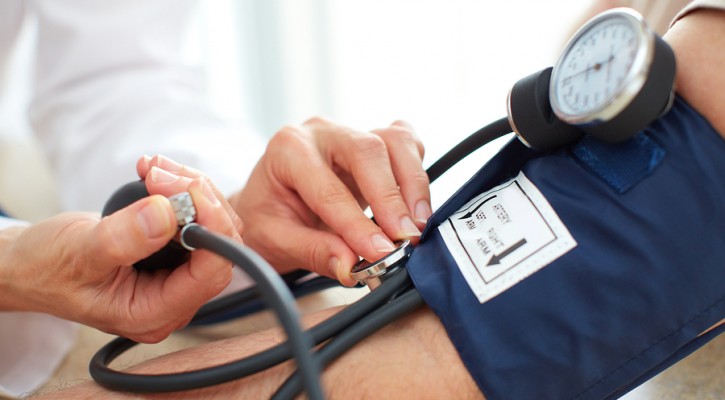
Fake Medical Exam Scam
July 7, 2014
Scam artist Joann Wingate has been preying on unsuspecting truck drivers since 2009. Her latest victim was picked up outside a truck stop in an old Ford Tempo and driven to a residence for his “medical exam”.
If this seems like a strange practice, then you’d be right to be suspicious. The driver paid $65 for a fake medical exam. He was given a fake physical, took a fake drug test, and had his paperwork faxed to the California DOT. When authorities contacted him about irregularities in the paperwork, the truck driver informed the police.
The scam artist was a chiropractor with a suspended license. After the state discovered Wingate was giving bogus medical exams this past fall, they suspended her license indefinitely. In order to continue giving physicals to truckers, Wingate took the identity of a local licensed psychiatrist with the same last name and used that information to submit medical forms.
The fake doctor has been charged with forgery, identity theft, impersonation, fraud and other related offenses. She is out on a $10,000 bail.
The lesson? Don’t make appointments with strange doctors outside truck stops. For that matter, don’t make an appointment with any doctor that isn’t FMCSA-certified.
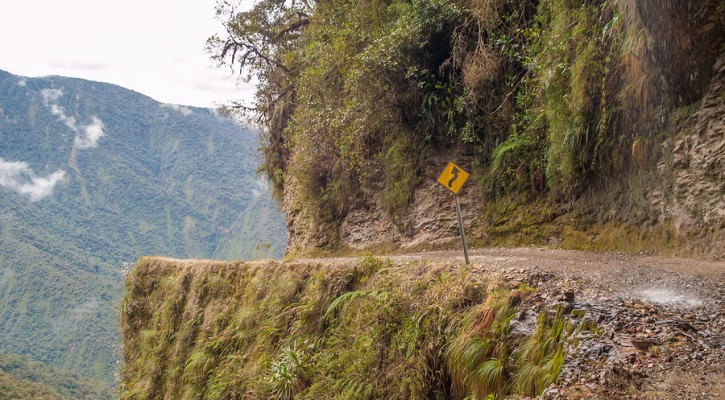
Most Dangerous Roads in America
July 6, 2014
The World’s Most Dangerous Roads include Bolivia’s “Death Road”, the Trans Siberia “Ice Road”, China’s “Road of No Mistakes”, and Brazil’s “Rodovia da Morte”. These infamous highways are known for their treacherous conditions and the lives that they take each year.
The World Health Organization’s 2013 status report on road safety added three American highways to the list of the World’s Most Dangerous Roads. These highways include Alabama’s “Highway to Hell” (yes, it’s a real place), Alaska’s James Dalton Highway, and the Pan American Highway.
The Highway to Hell
U.S. Route 431, a 353 mile stretch of road running from the Alabama-Tennessee line down to Dothan, Alabama, claims the lives of more than 33,000 people per year. Why? The main hazards include poor visibility, speeding and sudden 2-4 lane changes. This killer combination becomes even more deadly with poor decision making, such as driving blindfolded. FYI, it is now officially illegal to drive blindfolded in Alabama. Seriously. Look it up.
The James Dalton Highway
The James Dalton Highway, aka “Haul Road”, kills roughly 2,889 drivers annually. That might not sound like a lot, but considering that it’s more than 300 miles north of the North Pole, there’s not exactly a lot of traffic up in these parts.
The road passes through boreal forests, across the Yukon river and the Arctic Circle, over the Brooks Range mountains, the Continental Divide at Atigun pass, and then through the tree-less North Slope tundra to the Deadhorse and the Prudhoe Bay oilfields near the Arctic Ocean.
Along the way, vehicles often get stranded due to killer pot holes, icy accidents and flat tires. Gravel portions are infamous for kicking up debris and cracking windshields. In the spring and summer, drivers are advised to keep spare windshield wipers and several gallons of windshield wiper fluid handy for insect swarms. And, to top it all off, there’s no cell phone service, so it’s best to keep a satellite phone or CB radio handy when driving this treacherous highway.
They say the views are spectacular, though.
The Pan-American Highway
Aka the World’s Longest Road, this highway is actually a network of roads about 30,000 miles in length. It connects nearly all the mainland nations of the Americas, running from Alaska down to Argentina.
The writer Jake Silverstein put it best when he described the highway as “a system so vast, so incomplete, and so incomprehensible it is not so much a road as it is the idea of Pan-Americanism itself”.
The most hazardous road conditions include high temperatures, landslides, steep drop-offs, livestock crossings and impassable sections during the wet season.
These life-threatening commutes are not for the faint of heart, and certainly not for novice drivers. They have joined the list of The World’s Most Dangerous Roads, so think twice before turning down one of these highways.
